|
http://www.naturallearning.net.au
Can we have too many rules when working with children? How many rules would be too many rules, how many do we really need? Do we actually need rules? I would suggest the Rule of 3? 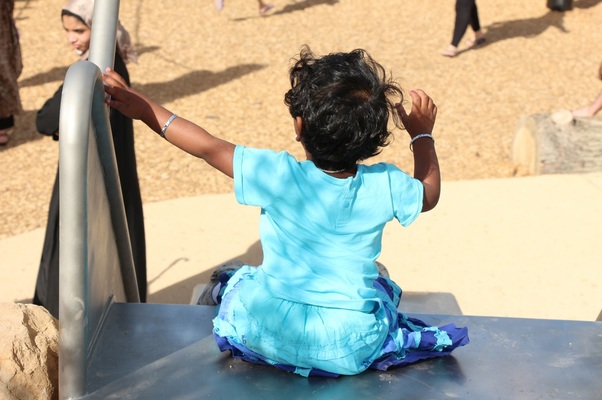 The Humble Slide This simple piece of apparatus attracts more than its fair share of rules:
Sound familiar? This scenario is played out in countless early childcare settings daily. Of course it then needs an educator posted on "slide duty' to enforce the barrage of rules. The minute nobody is monitoring, those 'disobedient' children will climb up the slide and slide down on their tummies!! Imagine that!!! WHY....because children consider these stupid rules made to be challenged. Life consists of boundaries and expectations but do we make far too many adult rules for our young children? How confusing to have different rules in the child care setting, (even between educators), home, grandparents, friends, restaurant, shops ...... no wonder our young children often struggle to follow all in their intricacies. Then there are the rules that are inconsistently followed up - more confusion for our young children! We try and keep children safe but often inadvertently go overboard and extensively 'bubblewrap' so that the opportunity or activity becomes boring with none of the original benefits. Every self respecting child then looks for new and exciting opportunities which may be far more dangerous. In my view the only way we can keep a child safe is by them being able to keep themselves safe. Yes, they are capable and competent and this is where the Rule of 3 comes in. Actually ...... we don't have rules - we have agreements, a concept I took from Teacher Tom Hobson when we worked together in Australia. Reaching agreement with children is far more effective than the adults dictating countless rules. Children have been consulted, they take ownership and it is not just another silly thing adults tell them to do ... nobody likes to be told what to do, I certainly don't! How do we reach agreement on the Rule of 3? To start off we have a meeting with the children to talk about boundaries, preferably as equals, not with the adult sitting on their 'throne'.
When we think about it, all the rules we make are made to protect the children, the adults and the environment. So now that we have reached this agreement, the next time we see a child climbing up the slide we can suggest "remember our agreement? Are you feeling safe? Are you likely to hurt others or damage the slide? No? That's fine then". There will be times when children may not be able to accurately judge the real risk of a hazard and will then need additional adult support and information to keep themselves safe as necessary. In most cases children are trusted and given the opportunity to make decisions to keep themselves and others safe with gentle guidance from the adults. Children then face the consequences of their actions and are able to reflect on how their actions impacted others. So in conclusion, in the Rule of 3 we as a community agree that:
Disclaimer No children were injured in the making of these photographs! Thank you Jeff and Tasha Johnson of Exploration Early Learning for playing here with me!
12 Comments
2/1/2016 02:44:08 am
absolutely brilliant. So sensible I'm going to share with my teams.
Reply
Janet
2/1/2016 01:27:31 pm
I like the discussion questions. I did a little bit different spin on it a few years back: 1. We are safe with our bodies and with our toys. 2. We are kind to our toys and to others.
Reply
2/2/2016 10:47:41 am
Hi Janet, thank you for sharing this. Positive language did come up in one of the discussions and I certainly use this when I work with children. What is interesting is that when you get the children to come up with the boundaries they always use the simplest language that they all understand which is about what NOT to do rather than the positive language we would like. This has changed my perspective and I find that young children respond very well to the simple language they themselves use as they really understand the concepts.
Reply
2/4/2016 06:02:08 pm
Thank you Tim, Coombe School is on my list of schools I would like to experience. I think it makes sense to go back to basics, what the real values are, instead of yet another rule to be added to the list of 100s and then we don't understand why children get confused!
Reply
2/4/2016 10:06:58 pm
I'd like to change it a little bit. I tell the children not to cross personal borders, not from any other person, nor from yourself. Hurting yourself or another is simply part of that. It makes children consious of there own self and their own choices. Very powerfull
Reply
Niki
2/7/2016 04:36:02 pm
Margaretha, it certainly is powerful and I think will work well with the slightly older children who understand the concept of personal boundaries. It is important that our language and expectations change as the children mature. Thanks you
Reply
Kerri
2/5/2016 10:09:28 am
With older primary school children - a saying is discussed at the beginning of the year 'You can have as much freedom as you can be responsible for'. (Sorry, can't recall where it comes from.) We then discuss the need for any rules if we all agree that we will adopt the saying. If a child does deviate, it usually just takes a gentle reminder about our agreement. I find this works well, and children appreciated being treated as equals.
Reply
Niki Buchan
2/7/2016 04:32:28 pm
Kerri, I really, really like this - making the older child responsible for their own freedom. I believe children should be responsible for their own actions and face consequences. Thank you for sharing this.
Reply
2/12/2016 11:18:23 pm
I enjoyed this article. I think children have too many rules and too much structured play. We need to let them take some risks and explore the world around them. I think the 3 rules are perfect and getting children to agree and own them is even better. Best Wishes Nic from Cambridge UK
Reply
Niki Buchan
2/15/2016 10:04:28 pm
Thank you Nic,
Reply
Ann Jeffery
3/7/2016 08:31:31 am
Hi I am a Family day Care Educator and we have so many rules I love your idea but the Government are the people that need to be told this so they start to relax the rules and let the children play instead of being told No constantly that they cant do that.
Reply
Leave a Reply. |
AuthorNiki Buchan Archives
March 2022
Categories |
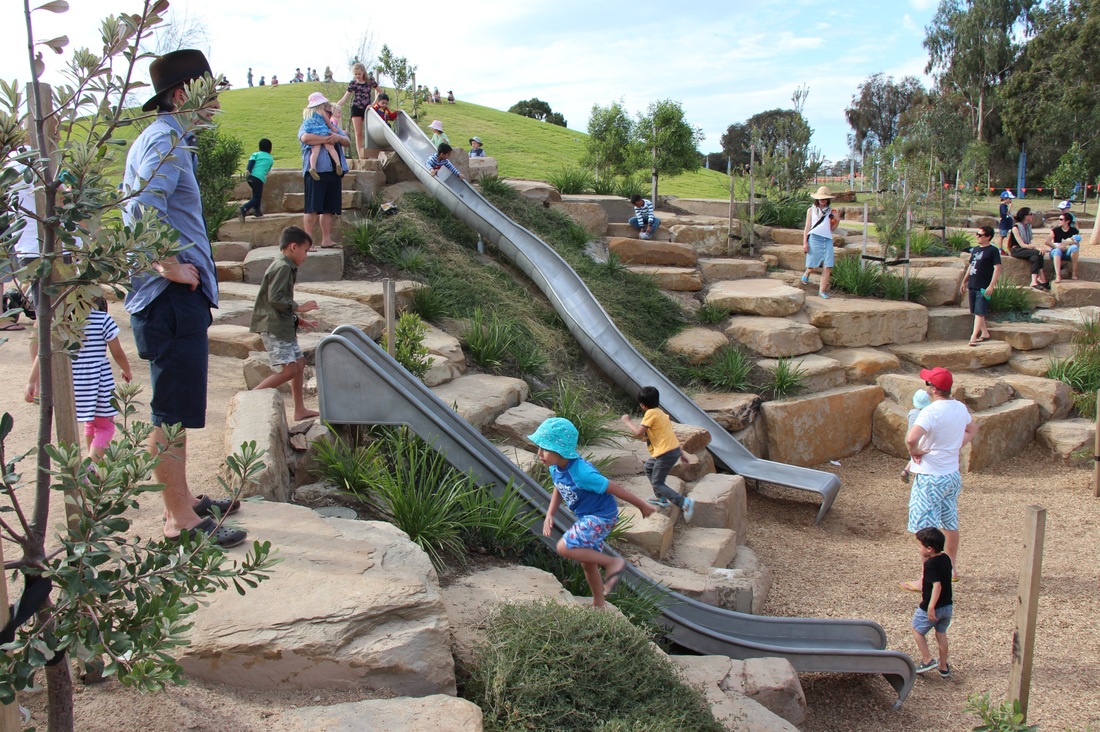
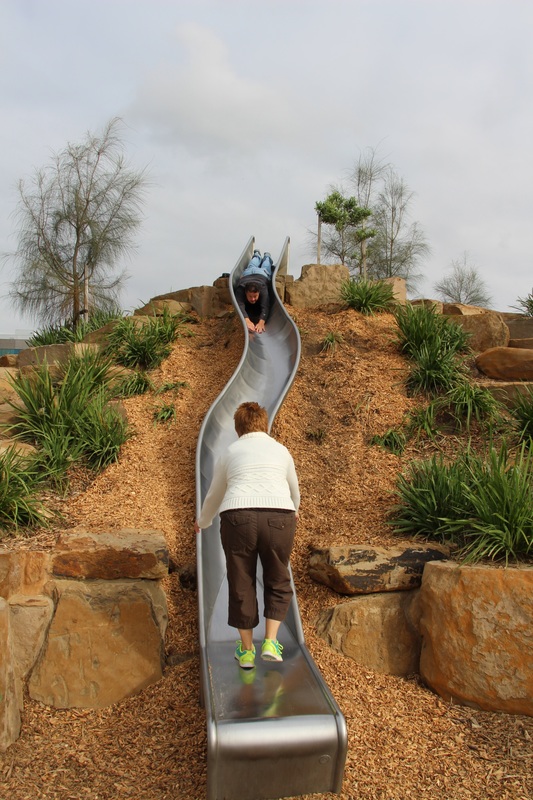
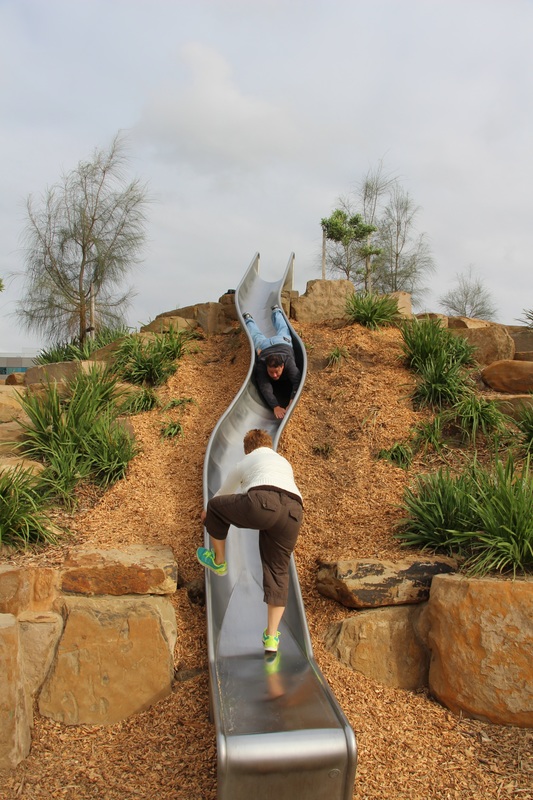
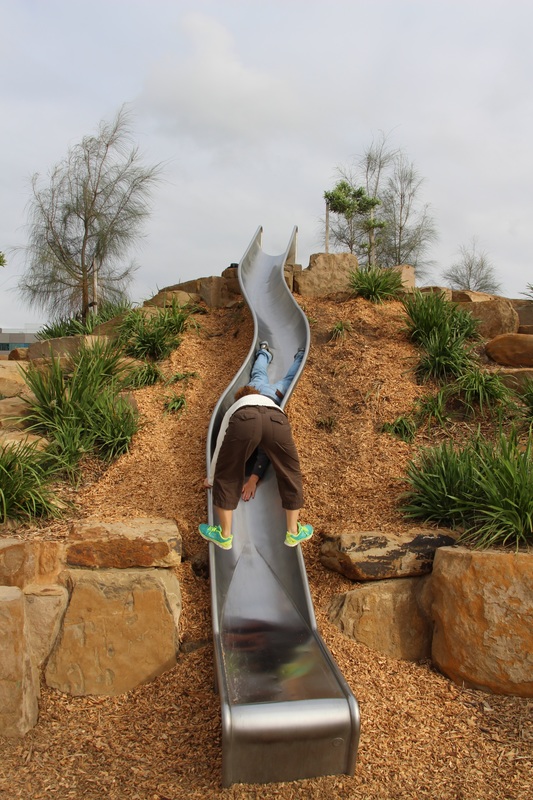
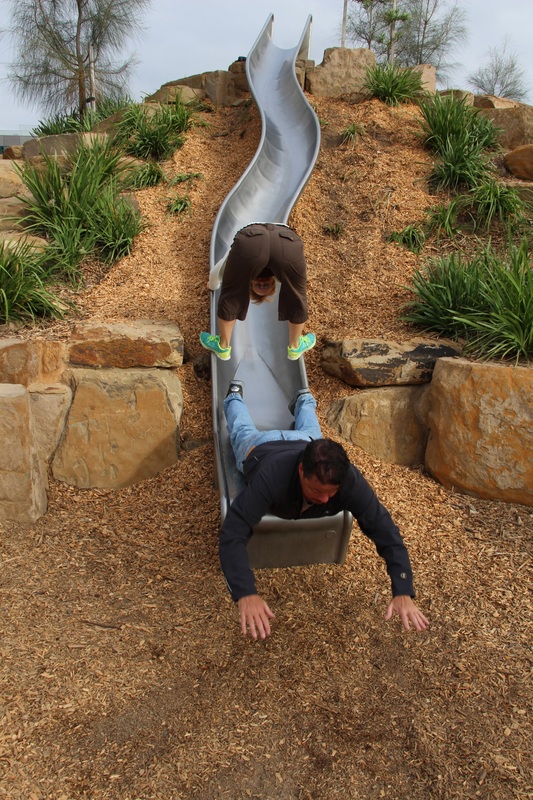

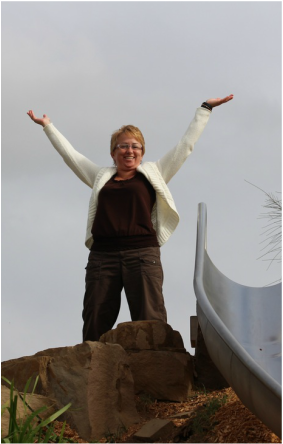
 RSS Feed
RSS Feed